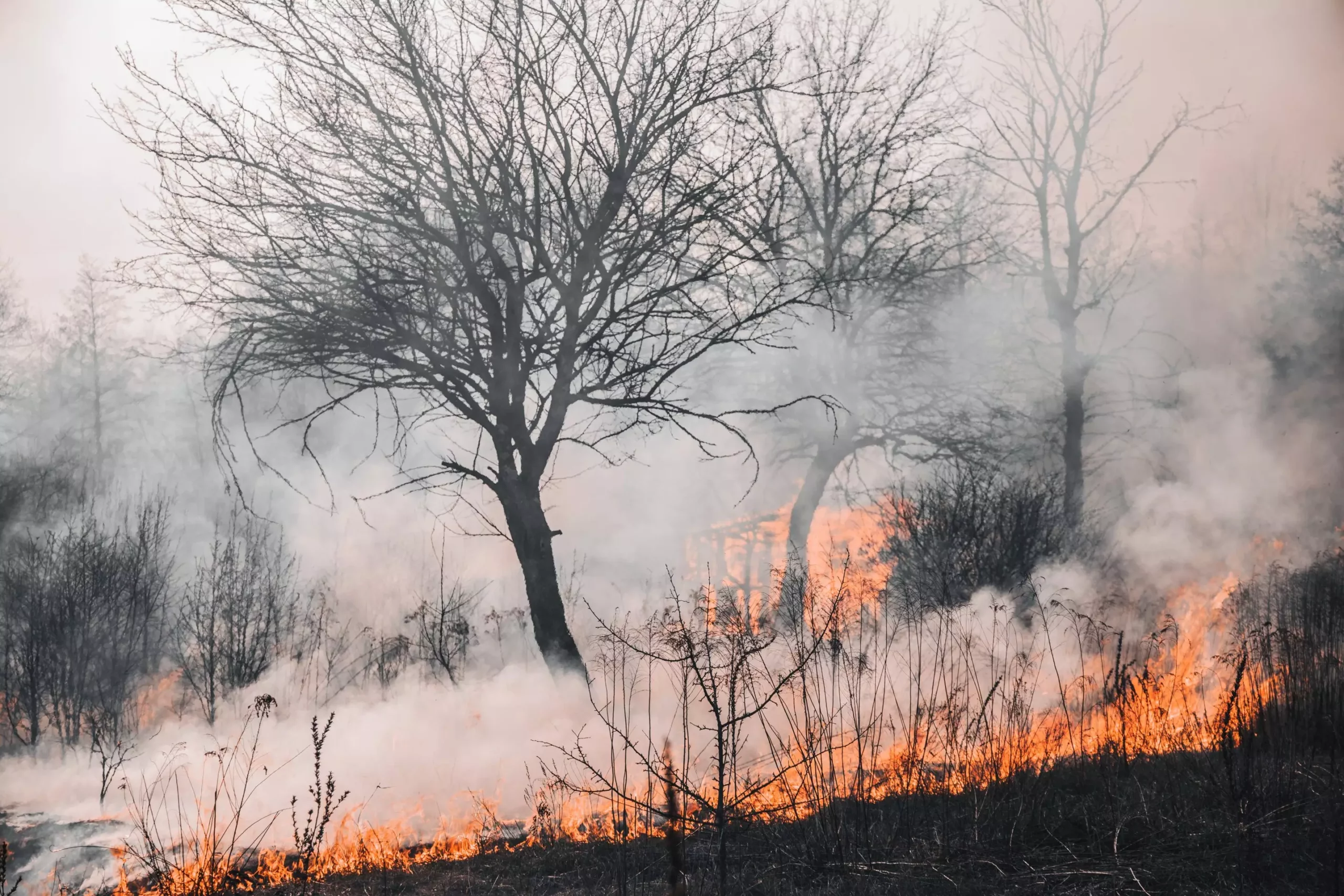In a striking development that underscores the tenuous health of our planet’s atmosphere, a collaborative study from scientists in China, Germany, and the U.S. has illuminated a previously uncharted relationship between catastrophic wildfires and alterations in stratospheric ozone chemistry. This revelations sheds light on the true complexity of the Earth’s atmospheric systems, especially following the alarmingly destructive 2019/20 Australian bushfires. Published in the journal Science Advances, the findings compel us to reconsider our understanding of how natural disasters can drastically affect even the most protected layers of our atmosphere.
The ozone layer, celebrated as a guardian against harmful ultraviolet (UV) radiation, has recently shown promising signs of recovery since the ratification of the Montreal Protocol in 1987. This historic treaty was instrumental in phasing out numerous ozone-depleting substances. Yet, as we bask in the success of international environmental diplomacy, this new research shows that the integrity of this vital atmospheric shield may now be jeopardized by forces far beyond human control—namely, the increasingly frequent and fierce wildfires spurred by climate change.
Studying the Smoke-Charged Vortex Phenomenon
The researchers made an astonishing observation during the Australian wildfires—they identified a significant surge in stratospheric aerosols, minuscule particles that can wreak havoc on climate, public health, and atmospheric chemistry. By deploying sophisticated satellite data and advanced numerical models, they characterized a novel phenomenon termed the smoke-charged vortex (SCV). This phenomenon entails a powerful, smoke-imbued whirlpool capable of transporting emissions into the stratosphere, at elevations soaring to a staggering 35 kilometers above the Earth’s surface.
According to Professor Hang Su from the Institute of Atmospheric Physics at China’s Academy of Sciences, the SCV phenomenon provoked a dramatic increase in aerosol concentration within the southern hemisphere’s mid-stratosphere—doubling the typical aerosol content. What’s crucial here is that these aerosols catalyzed intricate heterogeneous reactions that, rather intriguingly, led to both depletion and enrichment of ozone in various atmospheric layers. While ozone degradation was registered in the lower stratosphere, the dynamic chemical interplay occurring at higher altitudes saw an uptick in ozone levels, reflecting an unexpected complexity in atmospheric chemistry.
Understanding the Dual Impact: A Double-Edged Sword
Investigations revealed that the interactions spurred by wildfire-associated aerosols managed to mitigate up to 70% of the ozone depletion typically observed after such intense fire events. This dualistic impact illustrates that while wildfires contribute to ozone loss, they can also instigate conditions that create localized increases in ozone concentration at higher altitudes. This nuanced understanding points to the intricate balances that define atmospheric systems—a delicate dance that scientists are only beginning to understand.
Professor Yafang Cheng from the Max Planck Institute for Chemistry emphasized the necessity of continued research into these awe-inspiring yet concerning phenomena. He noted that the SCVs could linger for extended periods, effectively spreading combustible particles far into the stratosphere and thereby complicating the already challenging task of ozone layer preservation. The implications of this work stretch beyond academic curiosity; they underscore an urgent call for enhanced scientific vigilance amid the escalating repercussions of climate change.
The Ongoing Struggle and Future Directions
As we recognize the importance of the ozone layer in shielding Earth from harmful UV radiation, the findings of this study highlight an essential paradox—the progress made through global cooperation may be challenged by climactic realities that we are yet to fully grasp. The success of the Montreal Protocol is indeed commendable, but its victories could be undermined by unexpected natural phenomena driven by global warming.
As wildfires become more frequent and intense, the emergence of smoke-charged vortices and their intricate effects on stratospheric chemistry could well become a regular occurrence. The research posits that if we are to preserve the delicate balance maintained by the ozone layer, we must closely monitor how these climate-driven disruptions manifest. This new understanding not only redefines our relationship with the atmosphere but also emphasizes the need for proactive measures in our climate policies, geared toward safeguarding our stratospheric shield from the unpredictable whims of nature.


Leave a Reply